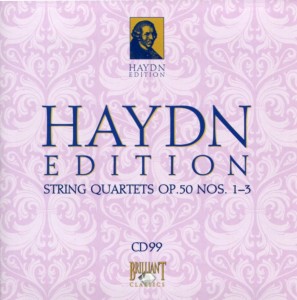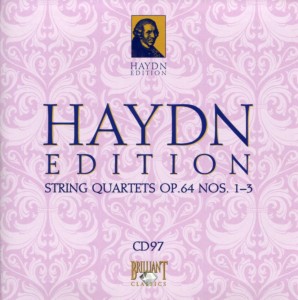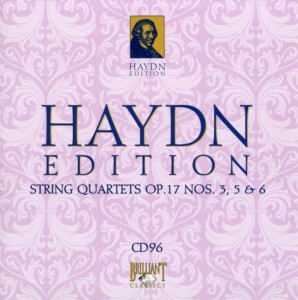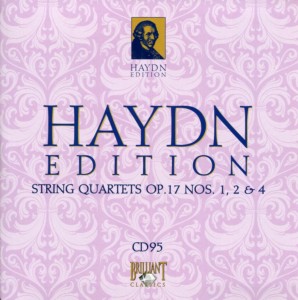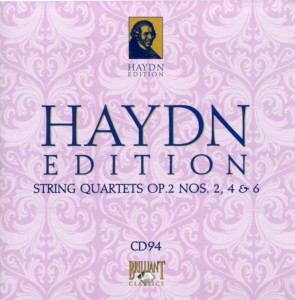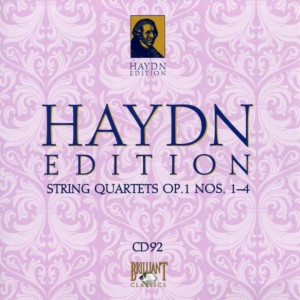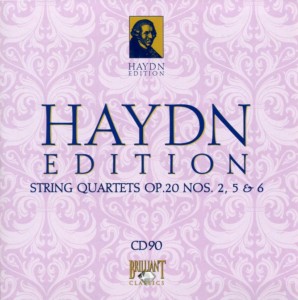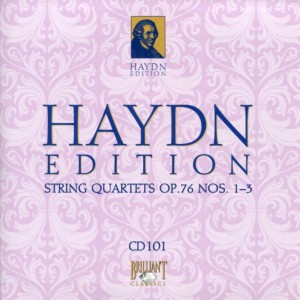 After hearing string quartets that seemed to lack luster (or maybe my ears lacked luster and the string quartets were brilliant), Opus 76 seems to have been just the prescription this winter-weary doctor ordered. For himself.
After hearing string quartets that seemed to lack luster (or maybe my ears lacked luster and the string quartets were brilliant), Opus 76 seems to have been just the prescription this winter-weary doctor ordered. For himself.
From Movement I (“Allegro con spirito”) onward, Op. 76 No. 1 in G was terrific, even the much…m-u-c-h…slower Movement II (“Adagio sostenuto”) couldn’t dampen my enthusiasm for this string quartet. Why? Because there were a few interesting/clever solo violin passages that made me sit up and pay attention. (I literally did that; I sat up straighter and listened more intently.)
No. 2 in D Minor was no less captivating, nor was No. 3 in C. All featured lively passages as well as slow-but-compelling passages.
It’s hard to say what’s different about these string quartets compared to most of the previous ones. How does one describe a peach? One doesn’t. One merely bites into it and lets the juice run down his chin.
So I can’t hope to describe why Opus 76 resonated with me. I’m just very glad Brilliant Classics saved the best string quartets for last, for that is indeed what I’m listening to. These are Continue reading


